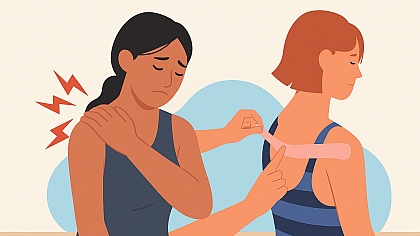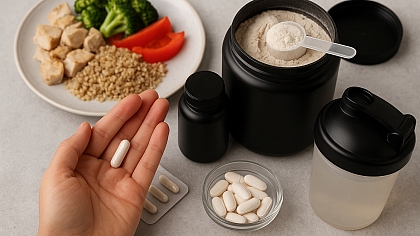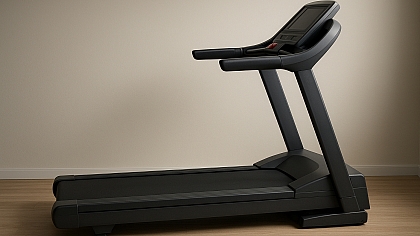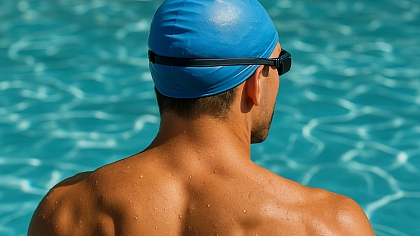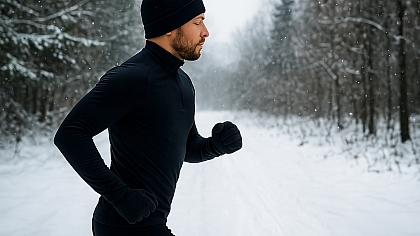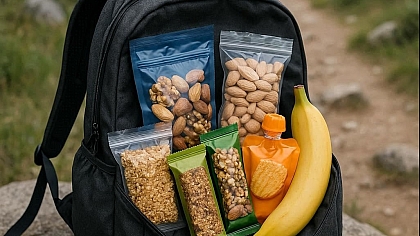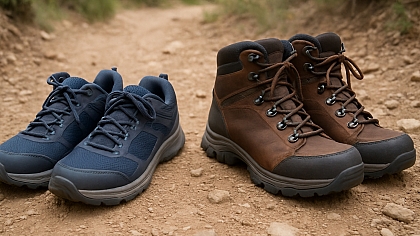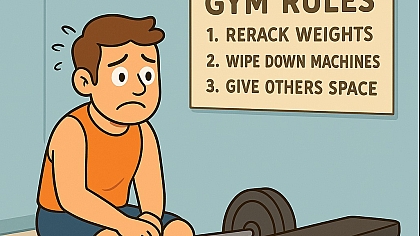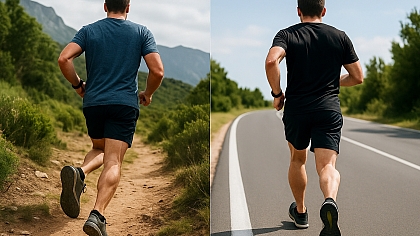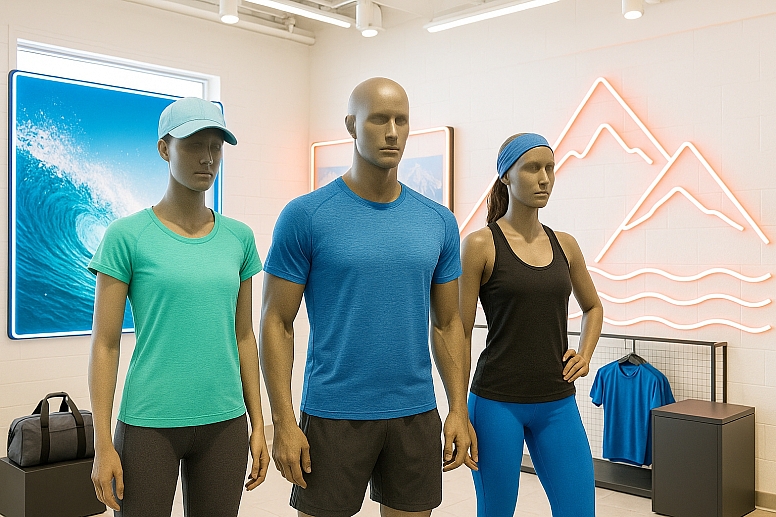
The Best Moisture-Wicking Fabrics for Hot Weather Workouts
When temperatures rise, your workout gear can make or break your performance. The right moisture-wicking fabric keeps you cool, dry, and comfortable, while the wrong one leaves you drenched and chafed.
Here’s a breakdown of the top technical fabrics for hot weather, ranked by breathability, drying speed, and comfort.
How Moisture-Wicking Works
True moisture-wicking fabrics:
✔ Pull sweat away from the skin to the outer surface
✔ Spread it thinly for faster evaporation
✔ Stay lightweight even when wet
Key Metrics:
- Drying Time (minutes per 100ml sweat)
- Breathability (CFM – cubic feet per minute)
- UPF Rating (sun protection)
Top 5 Moisture-Wicking Fabrics for Heat
| Fabric | Best For | Key Benefits | Drying Time |
|---|---|---|---|
| Coolmax® | Running, HIIT | Hollow fibres increase airflow | 2.1 min |
| Merino Wool | Hiking, Biking | Natural odour resistance | 3.5 min |
| Polyester Mesh | Cycling, Tennis | Ultra-lightweight, 50+ UPF | 1.8 min |
| Nylon-Spandex | Hot Yoga | 4-way stretch, sweat-proof seams | 2.4 min |
| Tencel™ | Long-Duration | Bamboo-derived, anti-bacterial | 3.0 min |
Fabric Deep Dive
1. Coolmax® (Best for High Sweat Activities)
- Science: Polyester with capillary channels
- Pros: Doesn’t cling when wet, affordable
- Cons: Holds odour after 5+ washes
- Brand Example: Under Armour HeatGear
2. Merino Wool (Best for Multi-Hour Wear)
- Science: Natural lanolin wicks moisture
- Pros: Regulates temperature in heat/cold
- Cons: Expensive, delicate washing
- Brand Example: Icebreaker Tech Lite
3. Polyester Mesh (Best for Extreme Ventilation)
- Science: Laser-cut holes boost airflow
- Pros: 95% faster drying than cotton
- Cons: Less durable with friction
- Brand Example: Nike Dri-FIT AeroSwift
4. Nylon-Spandex (Best for Flexibility)
- Science: Hydrophobic coating repels sweat
- Pros: Won’t stretch out when soaked
- Cons: Traps heat in humidity
- Brand Example: Lululemon Swiftly Tech
5. Tencel™ (Best for Sensitive Skin)
- Science: Eucalyptus pulp fibres
- Pros: Biodegradable, silky feel
- Cons: Wrinkles easily
- Brand Example: Patagonia Capilene Cool
Avoid These Hot Weather Fabrics
❌ 100% Cotton – Absorbs 7x its weight in sweat, causing chafing
❌ Neoprene – Traps heat (better for cold weather)
❌ Cheap Polyester – Loses wicking ability after 10 washes
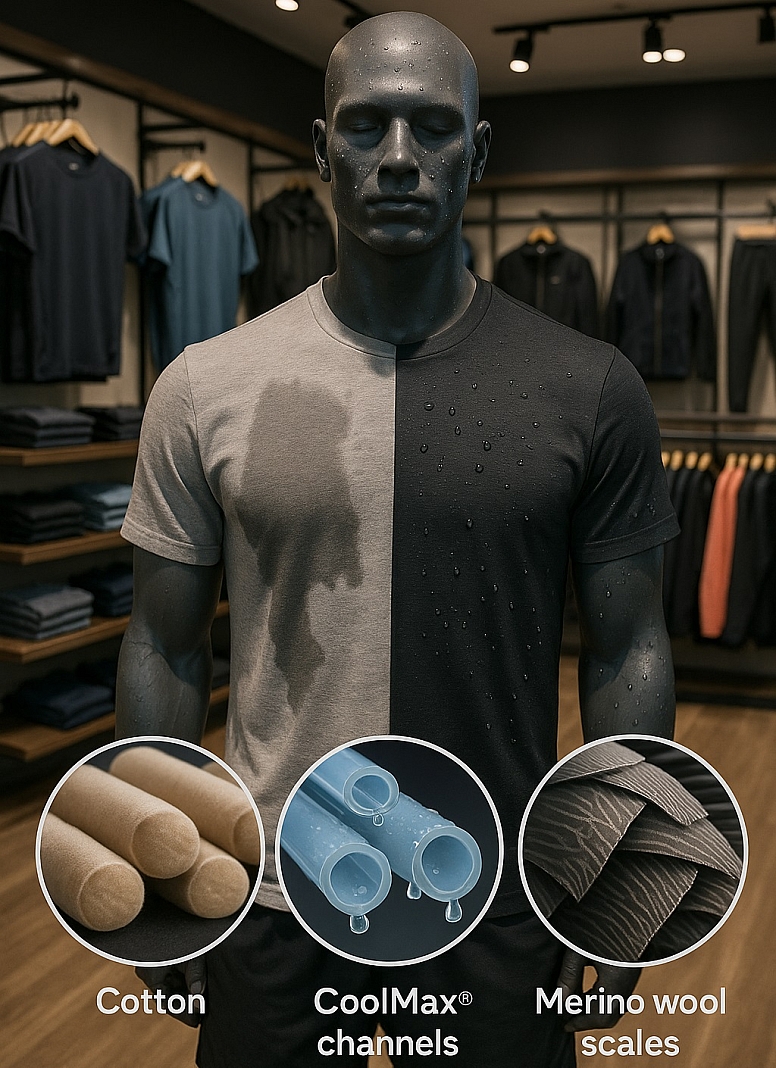
How to Test Fabric Wicking Ability
- Sprinkle 10 drops of water on the fabric
- Time absorption (good = <5 seconds)
- Check the backside – Should feel dry
FAQs
Q: Do moisture-wicking fabrics cool you down?
A: Indirectly—by speeding evaporation, they prevent overheating.
Q: How often should you replace workout shirts?
A: When they take >5 min to dry (about 50-75 washes for quality fabrics).
Q: Can you make cotton moisture-wicking?
A: No—its structure can’t transport sweat effectively.
Q: Are natural fabrics better than synthetic?
A: For odour control, yes. For pure wicking, synthetics win.
Layer Smart
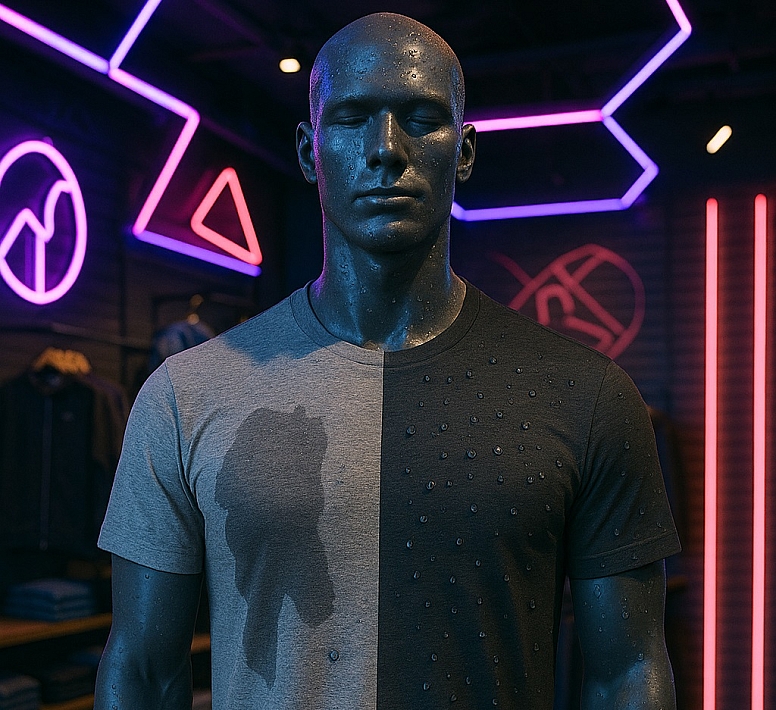
In extreme heat:
- Base Layer: Tight wicking fabric (Coolmax/Nylon)
- Outer Layer: Loose UPF shirt for airflow
Next Workout: Try two different fabrics—notice which keeps you drier!
The Hidden Chemistry of Sweat-Wicking: How Fibre Engineering Works
Beneath the surface, high-tech fabrics use advanced physics to manage moisture:
- Capillary Action: Synthetic fibres like Coolmax® have microscopic channels that pull sweat via surface tension (like tree roots absorbing water)
- Cross-Section Design: Star-shaped polyester fibres expose 40% more surface area for evaporation than round fibres
- Hydrophilic vs. Hydrophobic: Modern blends place water-attracting compounds inside fibres and water-repelling coatings outside.
Lab Insight: NASA-developed phase-change materials are now in premium athletic wear, absorbing heat when you sweat and releasing it as you cool.
Fabric Breakdown by Sweat Type
Your sweat composition affects which fabrics work best:
| Sweat Profile | Ideal Fabric | Why |
|---|---|---|
| Salty (white stains) | Merino wool | Natural salt resistance prevents crust buildup |
| Oily (acne-prone skin) | Tencel™ | Antimicrobial properties reduce breakouts |
| High Volume (drenches fast) | Polyester mesh | 3d structure prevents cling |
| Sticky (high electrolyte content) | Nylon-spandex | Smooth fibres minimise friction |
Pro Tip: Test your sweat by letting a drop dry on dark fabric—gritty residue means you need extra-wicking fabrics.
The Wash Cycle Factor: Maintaining Performance
Moisture-wicking abilities degrade due to:
- Fabric softeners (coat fibres, reducing porosity)
- High heat drying (melts microfiber channels)
- Hard water minerals (clog fibre gaps)
Preservation Protocol:
- Wash inside-out in cold water
- Use sports detergent (like WIN or Nathan)
- Air dry or tumble dry low <15min
- Monthly vinegar soak (restores ph balance)
Climate-Specific Fabric Choices
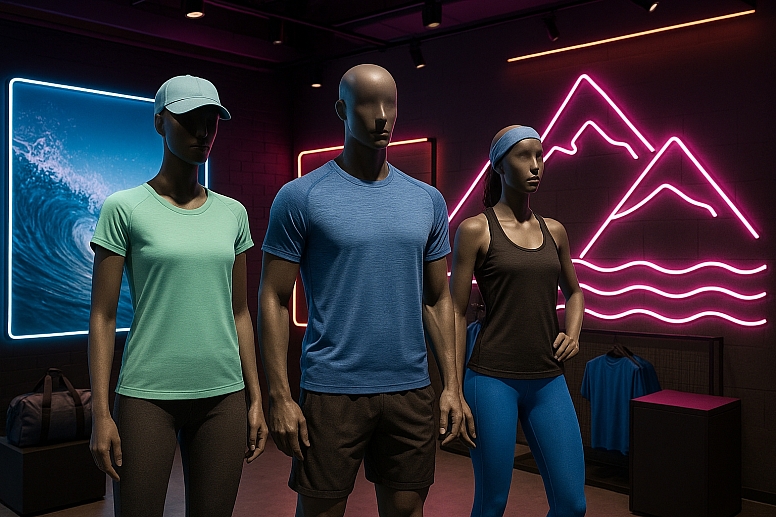
Humid Environments:
- Prioritise open-knit synthetics (Nike AeroSwift)
- Avoid tight weaves that trap vapour
Arid Heat:
- Choose UPF-rated fabrics with cooling minerals (Patagonia’s HeiQ)
- Long sleeves prevent rapid dehydration
Urban Settings:
- Odour-control treatments (Polygiene) mask pollution absorption
- Dark colours hide exhaust particle stains
The Future of Cooling Fabrics
Emerging technologies to watch:
- Self-cleaning fabrics with photocatalytic coatings (breaks down sweat with sunlight)
- Adaptive ventilation (micro-flaps that open when sensors detect sweat)
- Biodegradable synthetics (algae-based fibres that decompose post-use)
Industry Shift: Major brands must now balance performance with microplastic pollution concerns—look for recycled materials with BlueSign certification.
DIY Wicking Test (Before You Buy)
Next time you’re shopping:
- Rub fabric between fingers – Should feel slightly rough (indicates texture for wicking)
- Stretch and check opacity – More visible skin = better breathability
- Check seam construction – Flatlock stitching prevents chafing points
Red Flag: Fabric that feels slippery or plastic-like will trap heat.
Your ideal hot-weather fabric depends on sweat chemistry, climate, and activity—not just marketing claims. Invest in two specialized tops: one for humid endurance, one for arid intensity.
Action Step: Audit your current workout shirts—which pass the sprinkle test? Which take forever to dry? Time for an upgrade.
